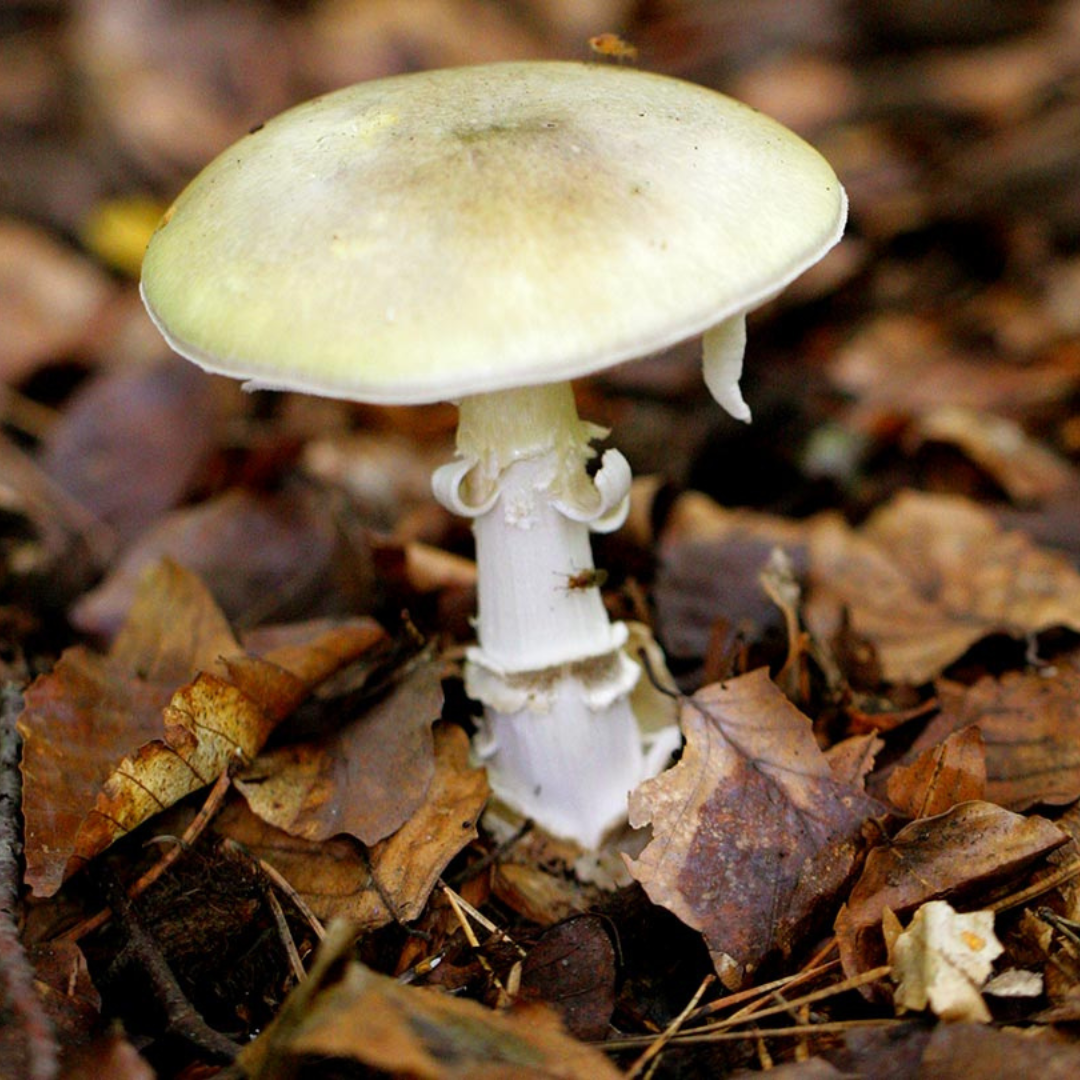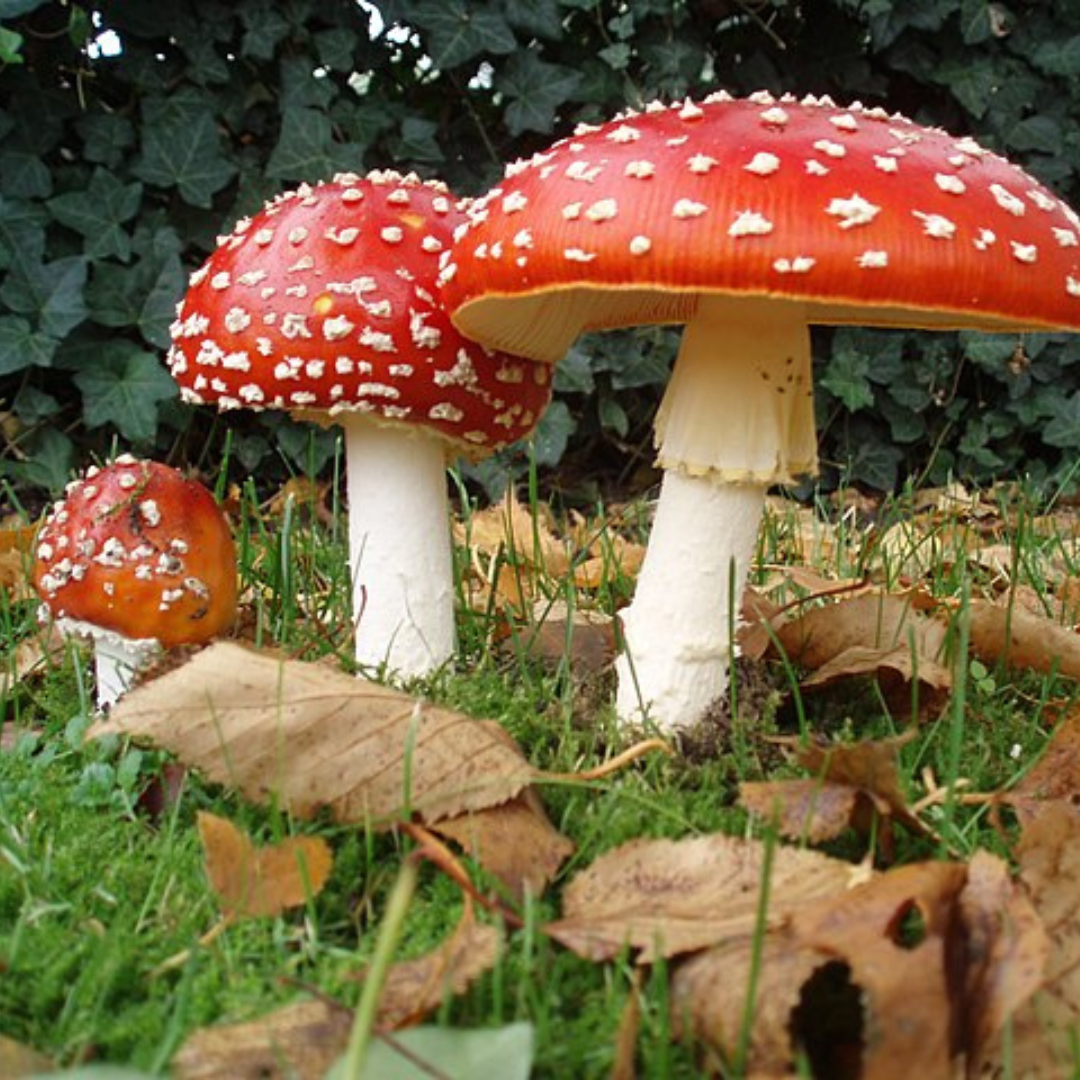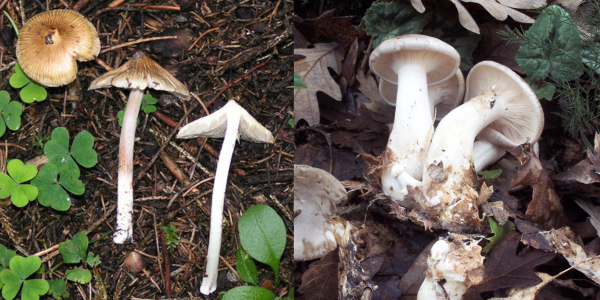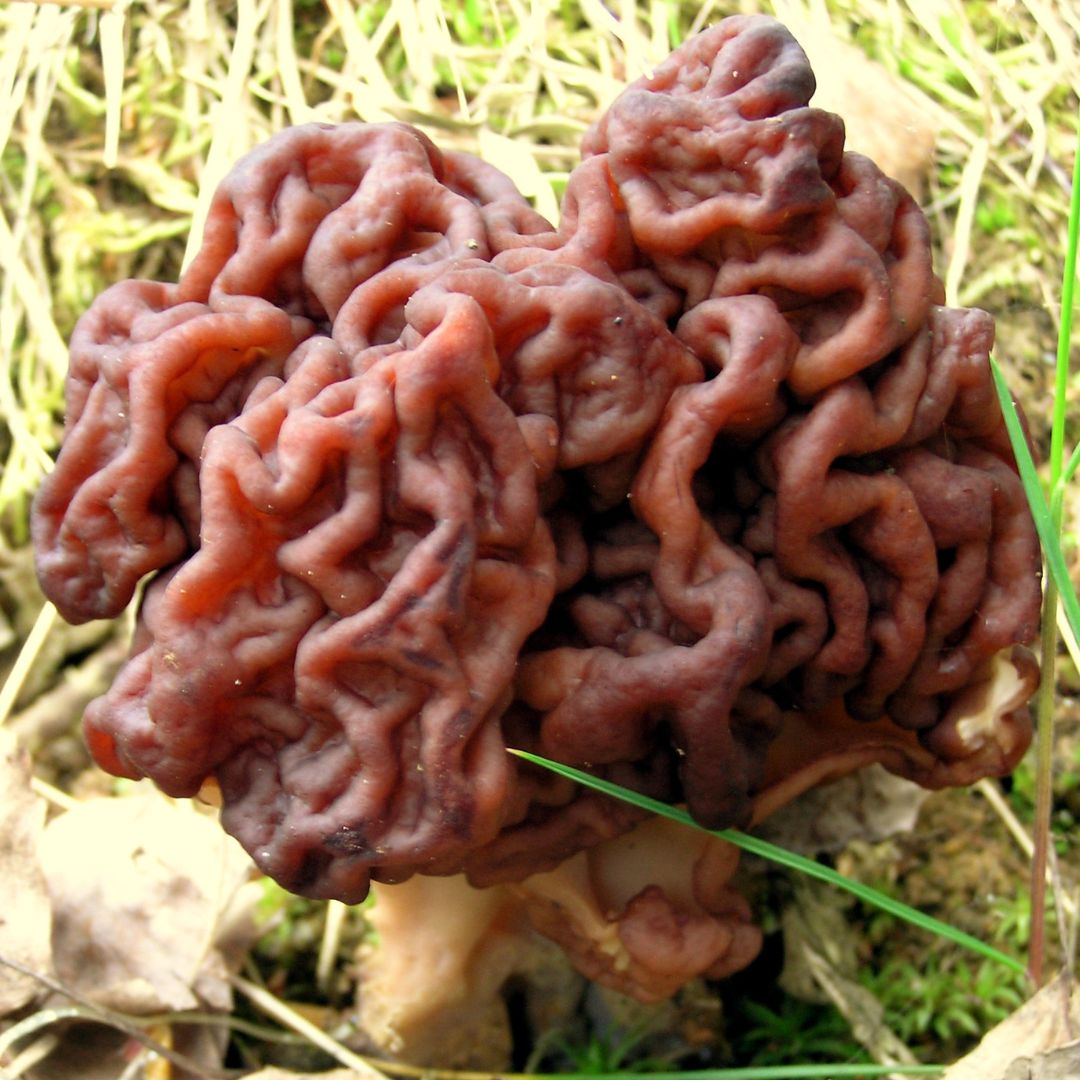Autumn is only round the corner, which means the trees will soon be turning a hundred shades of orange as the leaves start to fall.
You might like to take your furry friend for a long woodland walk and soak up the autumn atmosphere, but as the season starts to change, there are some deadly dangers that pet owners should be aware of.
While some wild mushrooms are harmless or even edible, others can pose serious health risks to your furry companion. Recognising the dangers and acting swiftly can be critical for your pet.
Common toxic wild mushrooms in the UK
The UK is home to a wide variety of mushrooms, many of which grow in parks, gardens, forests, and even urban areas. While some are relatively safe, there are several highly toxic species that can be deadly to dogs. Here are some you should keep an eye out for:
- Amanita Phalloides (Death Cap): One of the most poisonous mushrooms in the world, the death cap, contains amatoxins which can cause severe liver and kidney damage. Some symptoms in dogs may not appear immediately but can include vomiting, diarrhoea, and seizures.
Clik here to view.

- Amanita Muscaria (Fly Agaric): Recognisable by its bright red cap with white spots, this fairytale looking mushroom contains muscimol and ibotenic acid, which can cause hallucinations, excessive drooling, vomiting, and tremors in dogs.
Clik here to view.

- Galerina Marginata (Deadly Galerina): This small, brown mushroom often grows on decaying wood and contains the same deadly amatoxins as the death cap. Even ingestion of a small amount can sadly cause fatal liver damage.
Clik here to view.

- Inocybe and Clitocybe Species: These mushrooms contain muscarine, which can cause vomiting, diarrhoea, excessive drooling, slowed heart rate, and respiratory distress in dogs.
Clik here to view.

- Gyromitra Esculenta (False Morel): This grissly looking little mushroom contains gyromitrin, which can lead to seizures, liver failure, and even death when ingested by dogs.
Clik here to view.

How can wild mushrooms affect dogs?
When a dog ingests a toxic mushroom, the effects depend on the type of mushroom, the amount consumed, and the size and health of the dog. However, symptoms can range from relatively mild, to severe life-threatening conditions.
Toxic mushrooms can affect dogs in various ways, including:
- Gastrointestinal Symptoms: The first symptom is often vomiting, diarrhoea, and abdominal pain. These can occur within hours of ingestion and may be accompanied by excessive drooling and lethargy.
- Neurological Symptoms: Some toxic mushrooms, like the fly agaric, contain neurotoxins that can cause hallucinations, disorientation, tremors, and seizures in dogs.
- Liver and Kidney Damage: Mushrooms containing toxins that specifically target the liver and kidneys can cause irreversible damage if not treated promptly, which can sadly lead to organ failure and death within a matter of days.
- Delayed Symptoms: The danger with some toxic mushrooms, particularly those containing amatoxins, is that symptoms may not appear immediately. Dogs may seem fine for several hours after ingestion, only to develop severe symptoms later. Sadly, some irreversible damage could have occurred.
What to do if your dog eats a toxic mushroom
If you suspect your dog has eaten a wild mushroom, it is crucial to act quickly. Even if you’re unsure whether the mushroom is toxic, it’s better to err on the side of caution, as many poisonous species resemble edible varieties.
Try to take a photo of the mushroom and keep it handy. If your dog needs to visit the vet, showing them the picture could help identify the problem more quickly.
It is always best to contact your local vet or out of hours clinic if you’re worried about your dog. If they are displaying any of the symptoms listed above, or any other out of character behaviour, your vet will be able to give you expert advice on how to proceed. They might also recommend specific steps you can take at home to provide immediate care for your pet.
Preventing mushroom poisoning in dogs
Prevention is the best way to protect your dog from mushroom poisoning. Here are some tips to help keep your pet safe:
- Keeping your dog on a lead when walking in the woods to prevent them from foraging.
- Regularly inspect your garden and check if any toxic mushrooms are growing. If you are unsure, it’s always best to remove all mushrooms, even if you think they could be harmless, it’s best to be cautious.
- Teach your dog commands, such as “leave” or “drop” in case they do interact with anything they shouldn’t.
Looking for more info?
We have several articles covering different pet-related topics. Why not take a look at our Slimy Autumn Dangers info packs to learn more about what to look out for this season.
Pet insurance: Peace of mind for unexpected emergencies
Treating mushroom poisoning can involve costly emergency care, especially if your dog needs long-term treatment. These expenses can quickly add up, leaving pet owners with significant financial stress during an already difficult time.
At Vetsure, we understand the importance of being prepared for life’s unexpected moments. With no waiting period for Accident Only cover, Vetsure Pet Insurance helps cover the cost of emergency treatments, giving you peace of mind when it matters most.
To find the perfect policy for your pet, get a quote today or contact our friendly Customer Service team on 0800 050 2022.
The post The hidden dangers: How wild mushrooms can threaten your dog’s health first appeared on Vetsure.